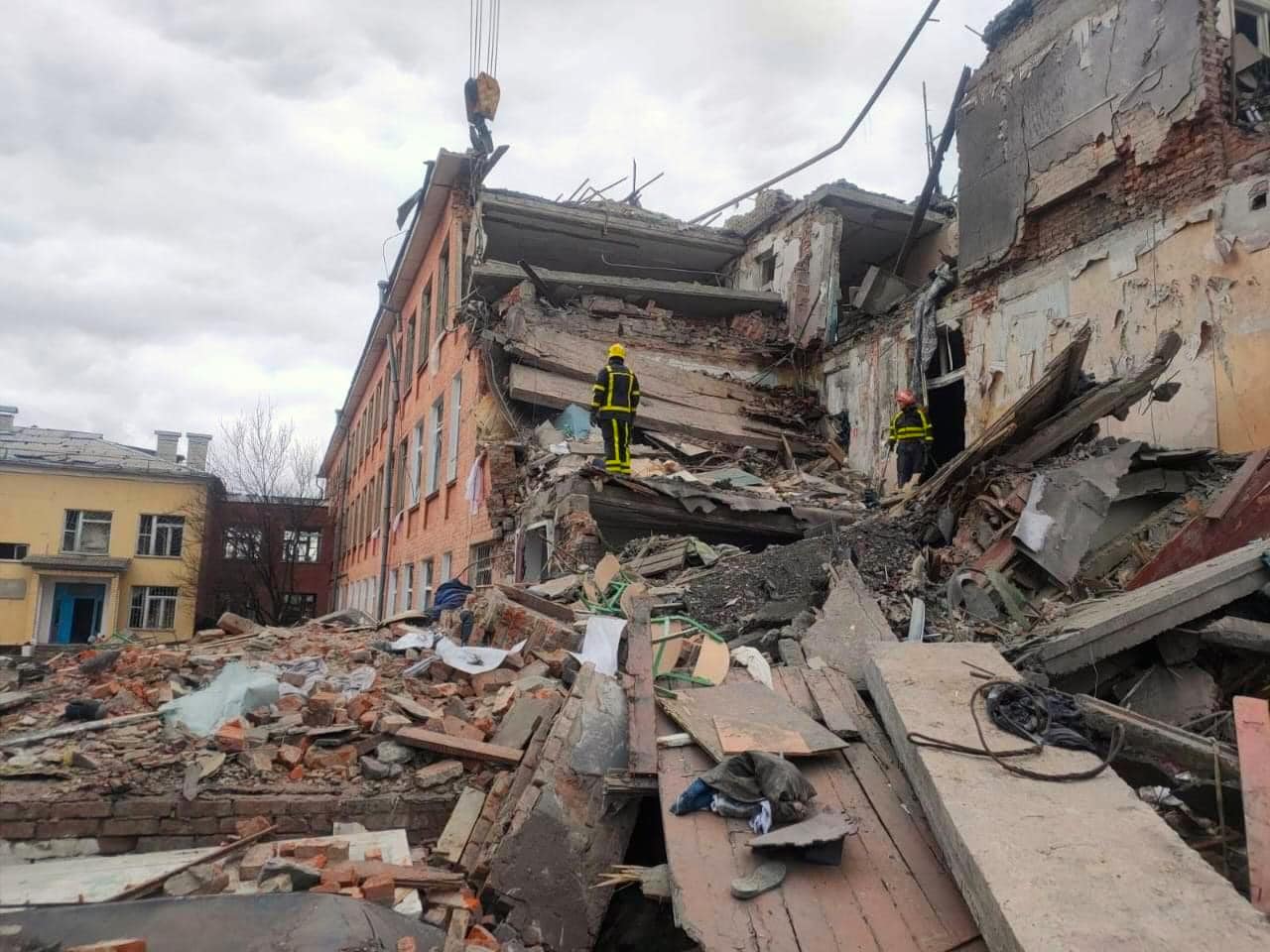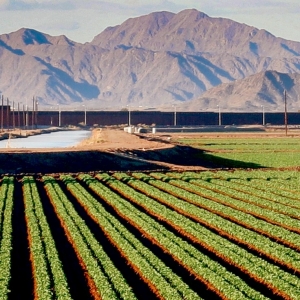Water has long been a source of geopolitical conflict between Russia and Ukraine. Three weeks into the Russian invasion, the damage is mounting.

Ukrainian first responders check the remains of a street in Chernihiv. Photo © Ministry of Internal Affairs of Ukraine/Wikimedia Commons
By Laura Gersony, Circle of Blue — March 21, 2022
As Russia’s invasion of Ukraine enters its third week, water has once again become a battlefront.
Just days after Moscow invaded its neighbor, Russian forces undammed the North Crimean Canal, a Soviet-era structure that Ukraine blocked in 2014 as retaliation against Russia’s takeover of the Crimean peninsula. Shutting off the canal forced Crimea into a perennial state of water rationing and withered agriculture in the formerly verdant peninsula.
Elsewhere, acts of war are causing collateral damage to water systems and threatening lives. Heavy aerial bombardment has cut off water, power supplies, and emergency services in Mariupol, the strategic port city and industrial center. Local news outlets report that citizens are melting snow for drinking water. Ukrainian authorities said last week that a six-year-old girl in the city, identified only as Tanya, died of dehydration.
Moscow’s brutal siege tactics — including targeting residential buildings and using cluster munitions, an internationally banned weapon which release hundreds of smaller bombs in mid-air — have debilitated essential services in the country. In a matter of weeks, the attacks left over 900 communities without power and water. “The need for clean water, for food, for shelter is increasingly challenging under these very hostile conditions,” James Denselow of Save the Children UK told France24.
Experts fear the destruction could have ripple effects on public health, exacerbating the ongoing Covid-19 pandemic and creating outbreaks of diseases like cholera, which is caused by poor sanitation and inadequate water treatment.
“[There are] so many cities where lack of access to health care is compromised, some places where they no longer have the water supply that they used to, they don’t have electricity, there’s issues with sanitation,” Kate White of Doctors Without Borders told CNN. “All of these risk factors pile up on top of each other, which means that there is an increased risk.”
The UN’s refugee agency estimates that close to two million people are displaced inside Ukraine, with 12 million people inside the country in need of humanitarian assistance. Food, water, and shelter are desperately needed in the east, the UN said. Adding to the strain are the more than 2.5 million refugees fleeing the country, Europe’s largest influx of refugees since World War II.
Water systems in the region have long suffered the consequences of conflict. In the Donbas region of eastern Ukraine, Russian-backed opposition groups for years targeted water infrastructure, regularly creating water shortages as the pandemic raged. The village of Pavlopil, a community of 450 people located in the Donbas region, has not had a stable water supply since 2014.
“Sometimes it feels like peace and running water were from another life,” one mother told UNICEF in 2020. “We’ve already forgotten what it feels like to not live in a conflict. Our children have never known anything different.”
Russia and Ukraine are engaged in peace talks to end the war, though thus far they have failed.
Laura Gersony covers water policy, infrastructure, and energy for Circle of Blue. She also writes FRESH, Circle of Blue’s biweekly digest of Great Lakes policy news, and HotSpots H2O, a monthly column about the regions and populations most at-risk for water-related hazards and conflict. She is an Environmental Studies and Political Science major at the University of Chicago and an avid Lake Michigan swimmer.





